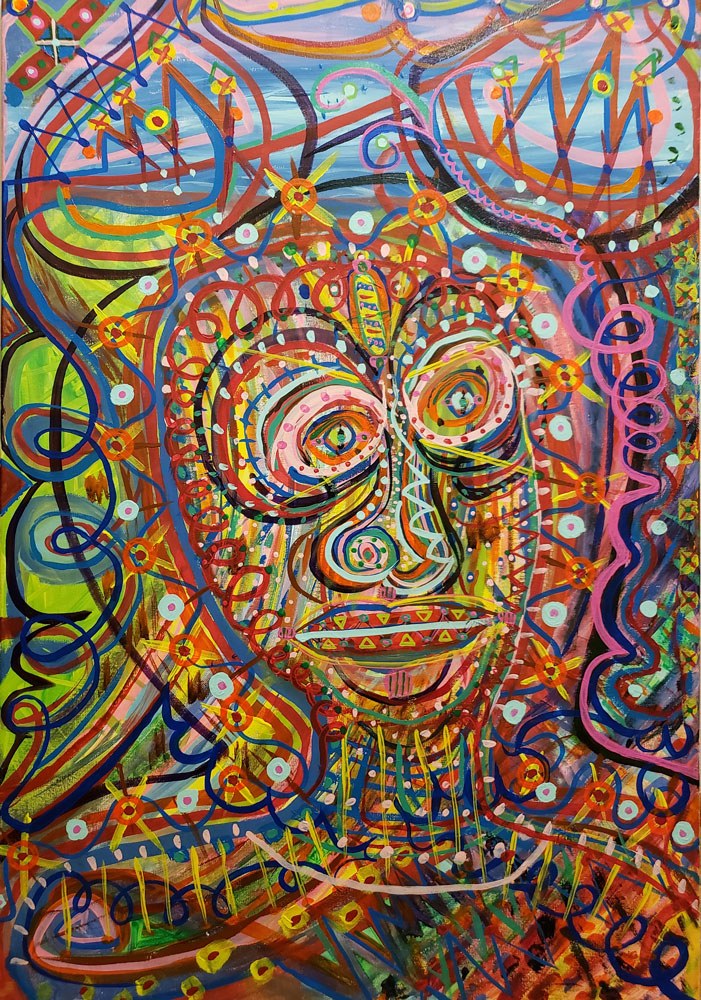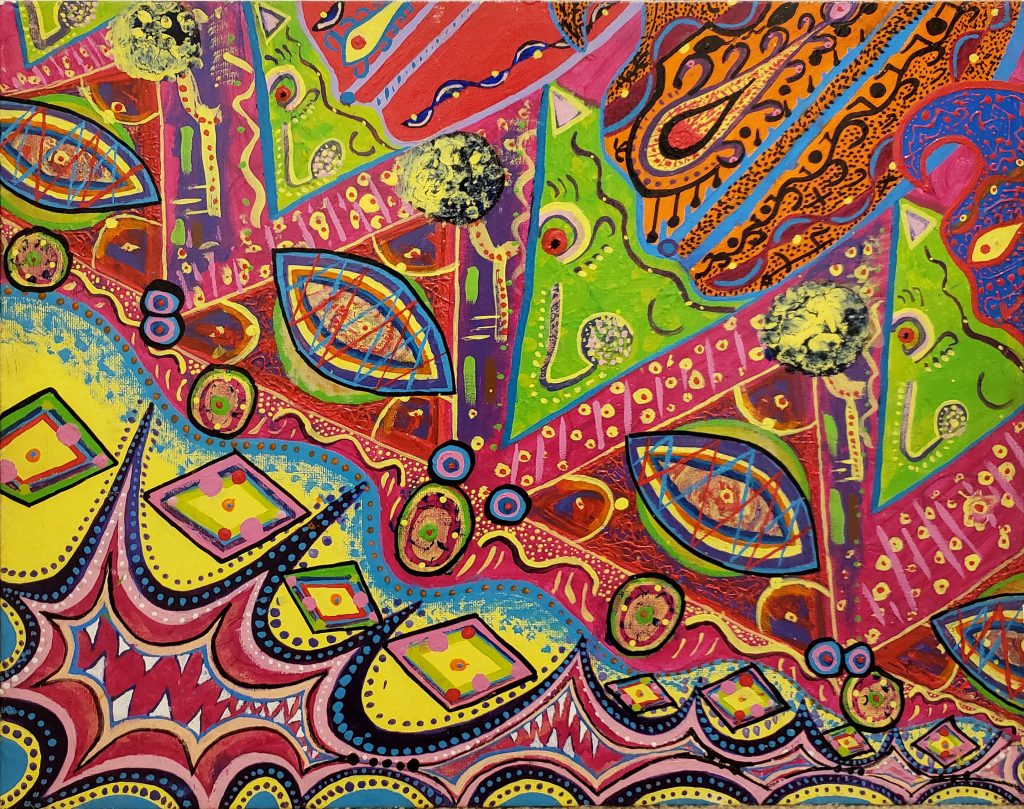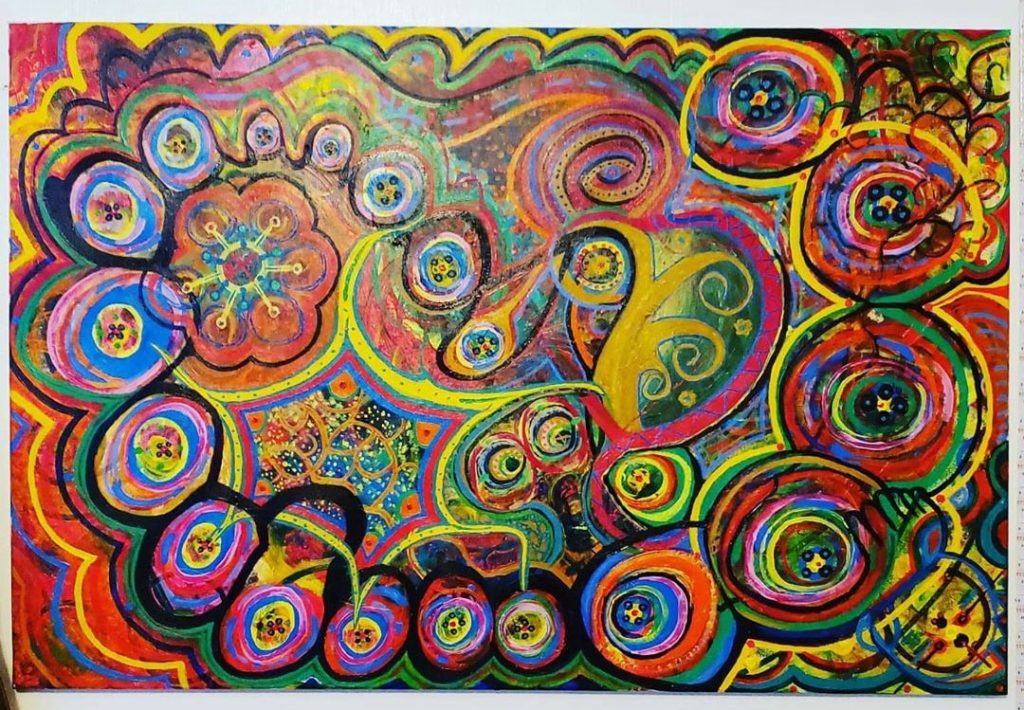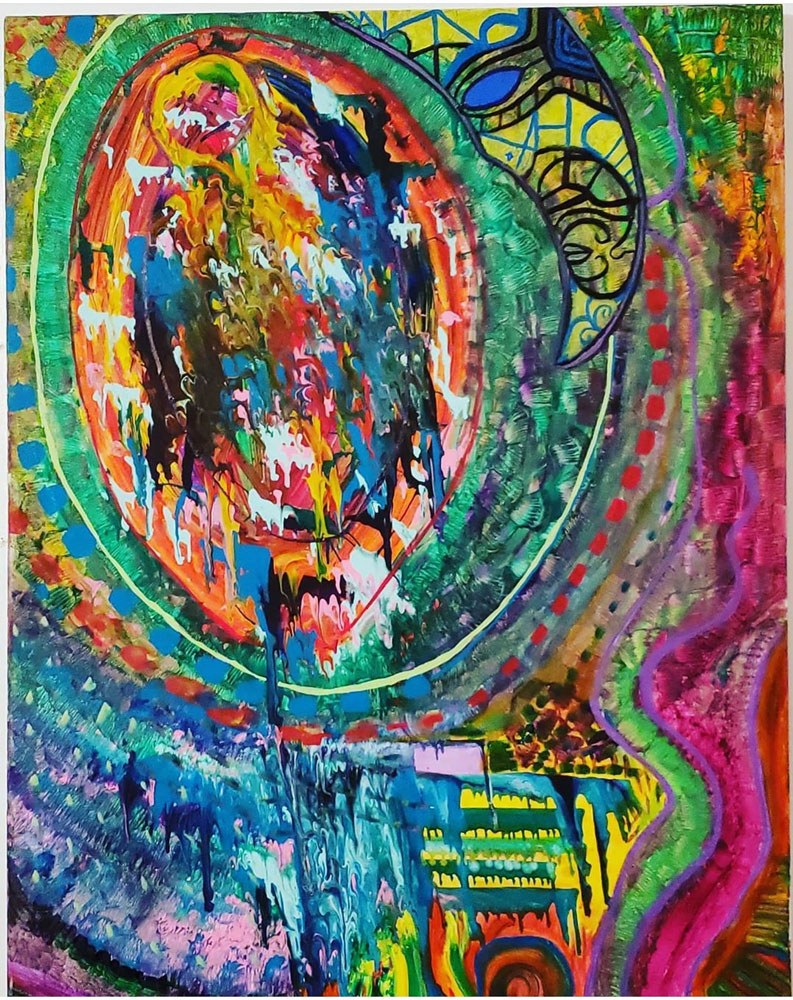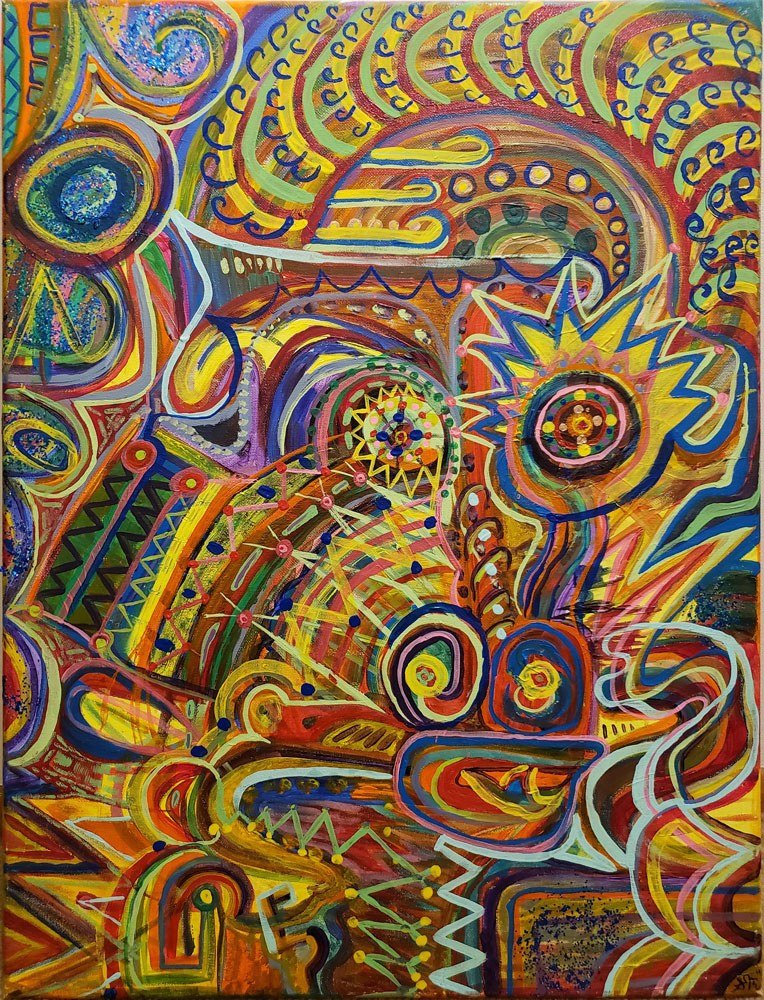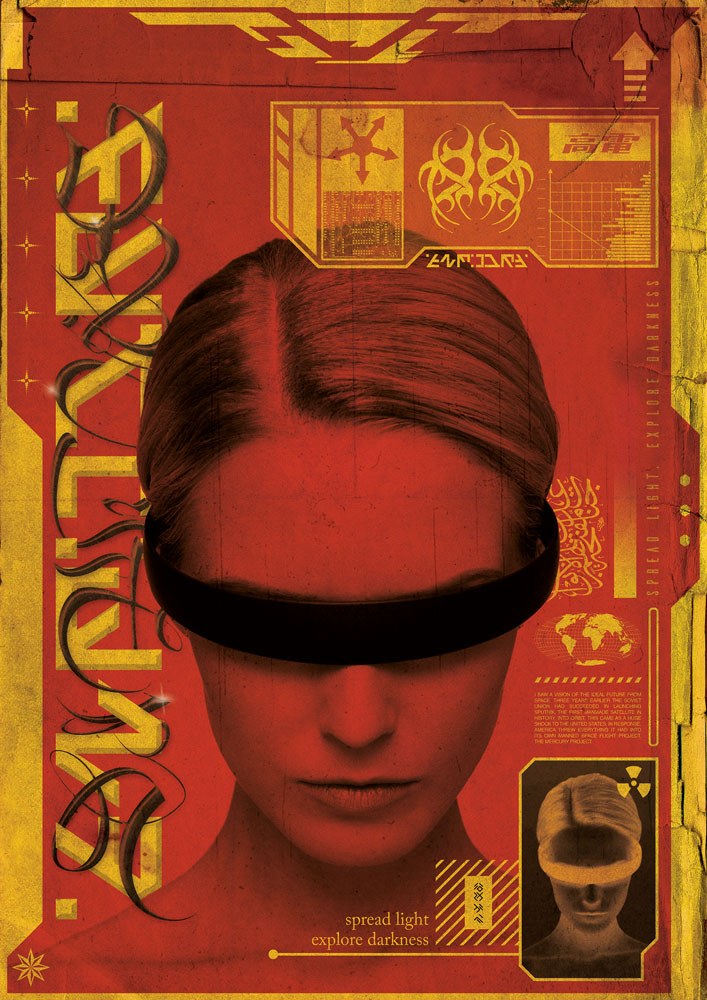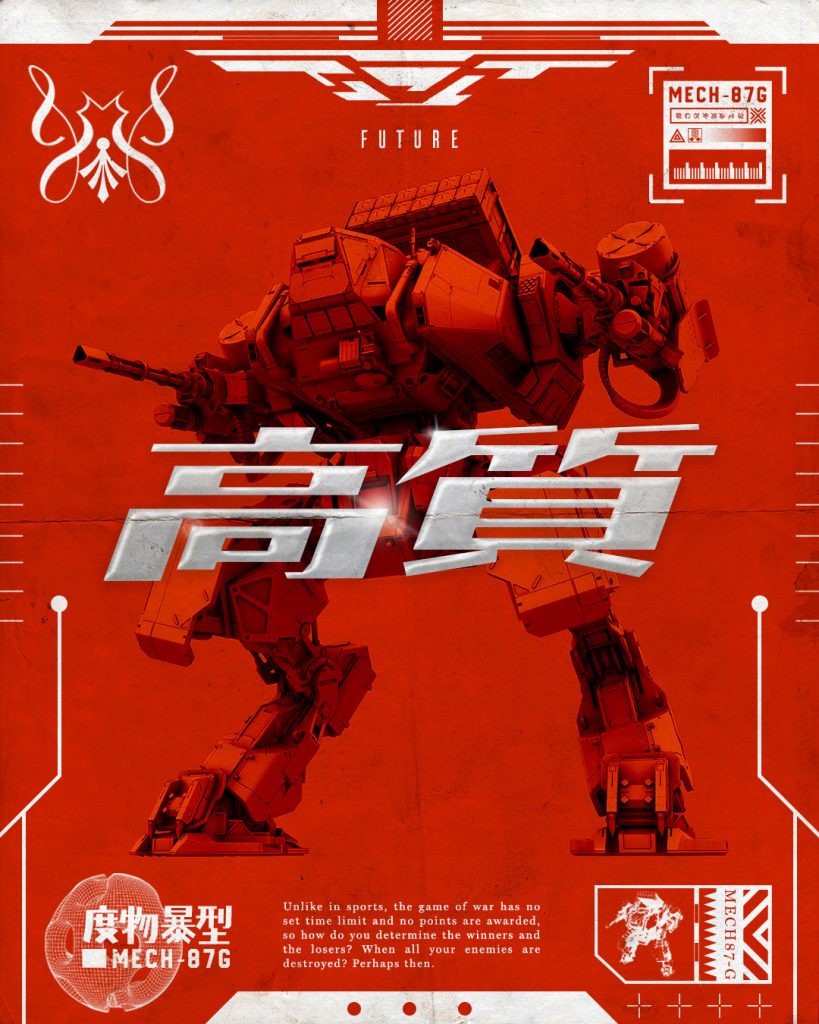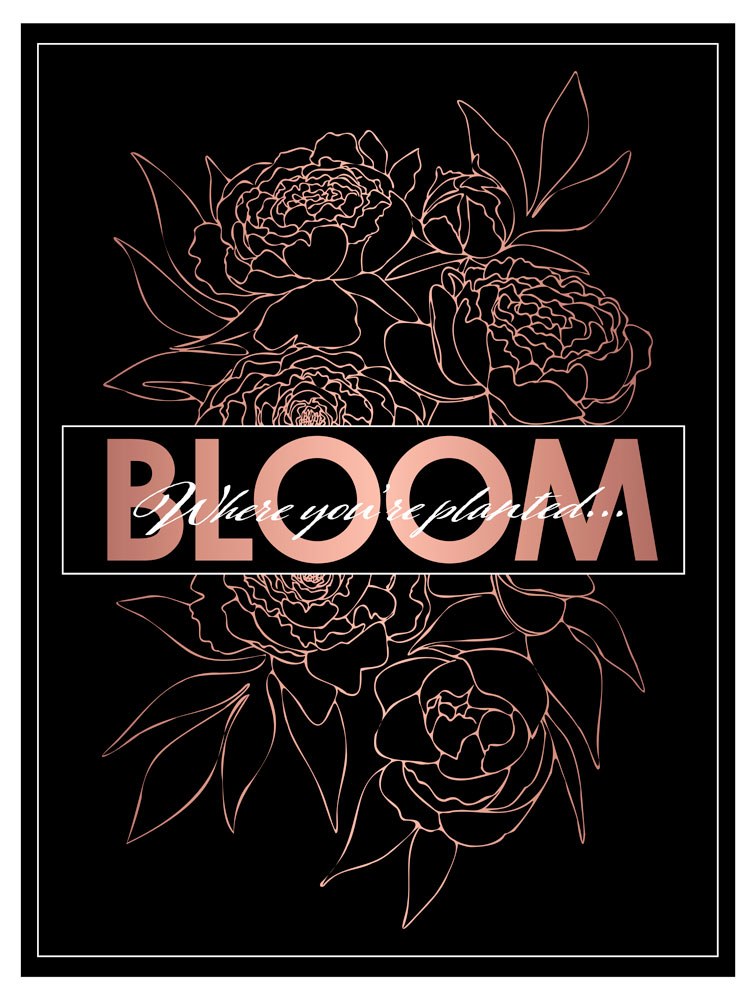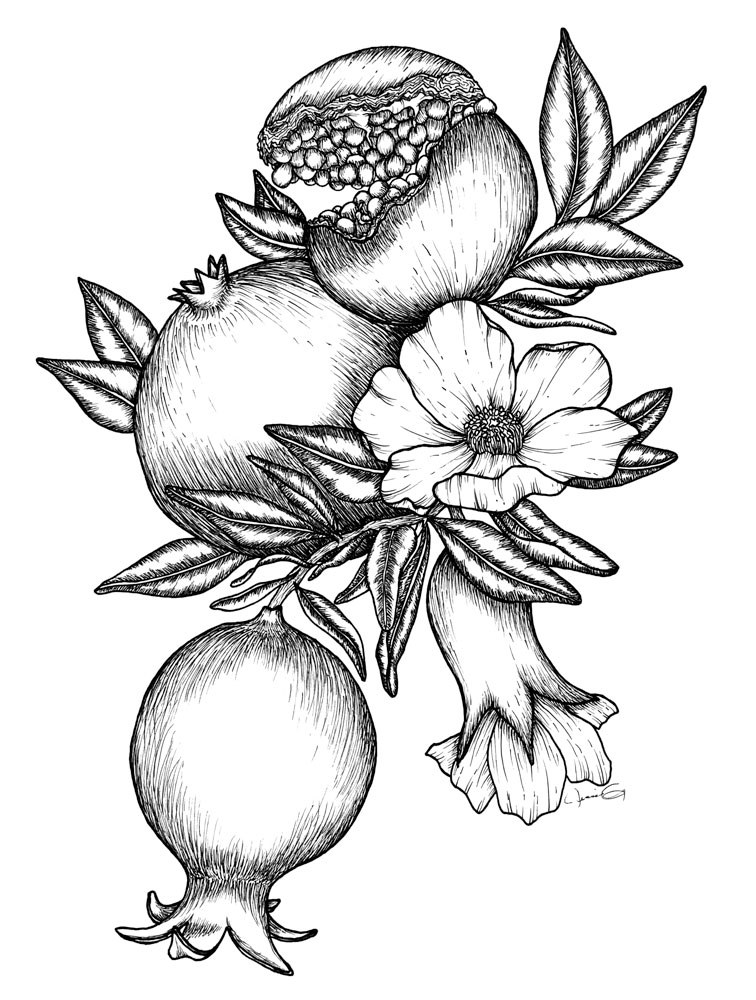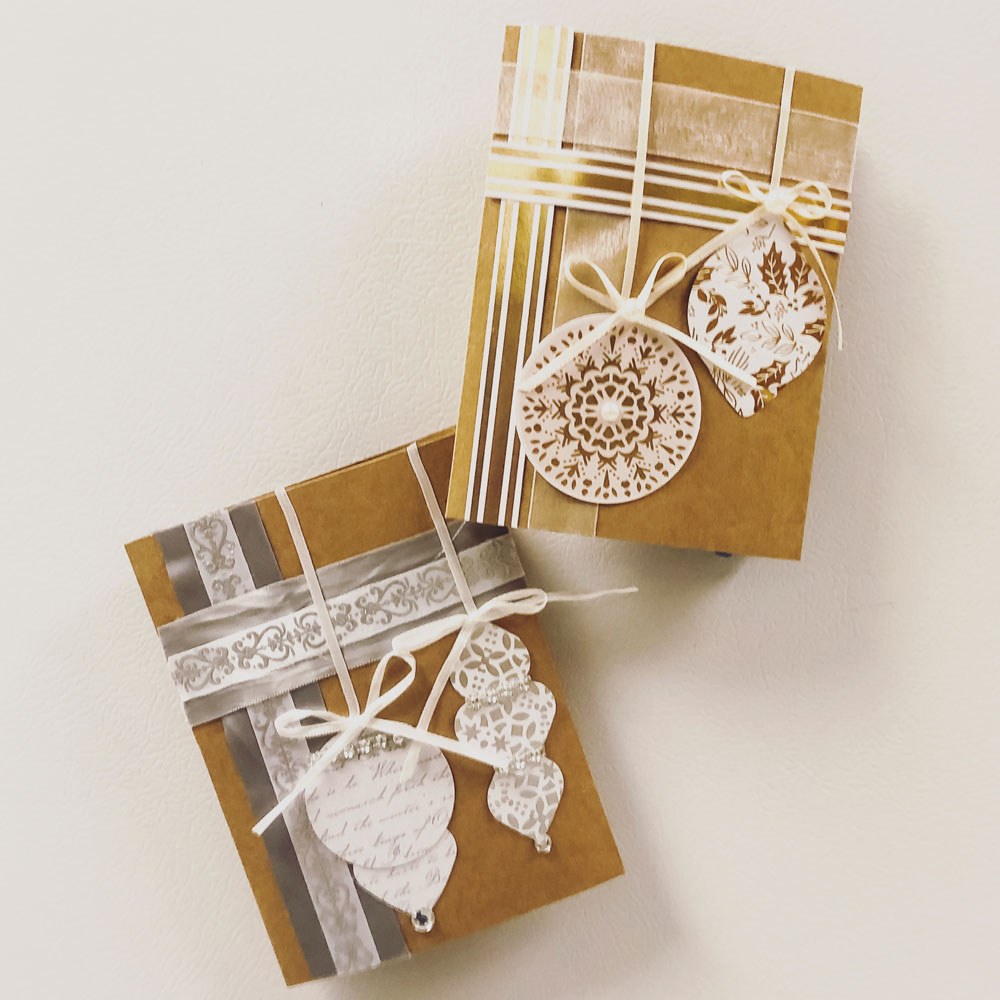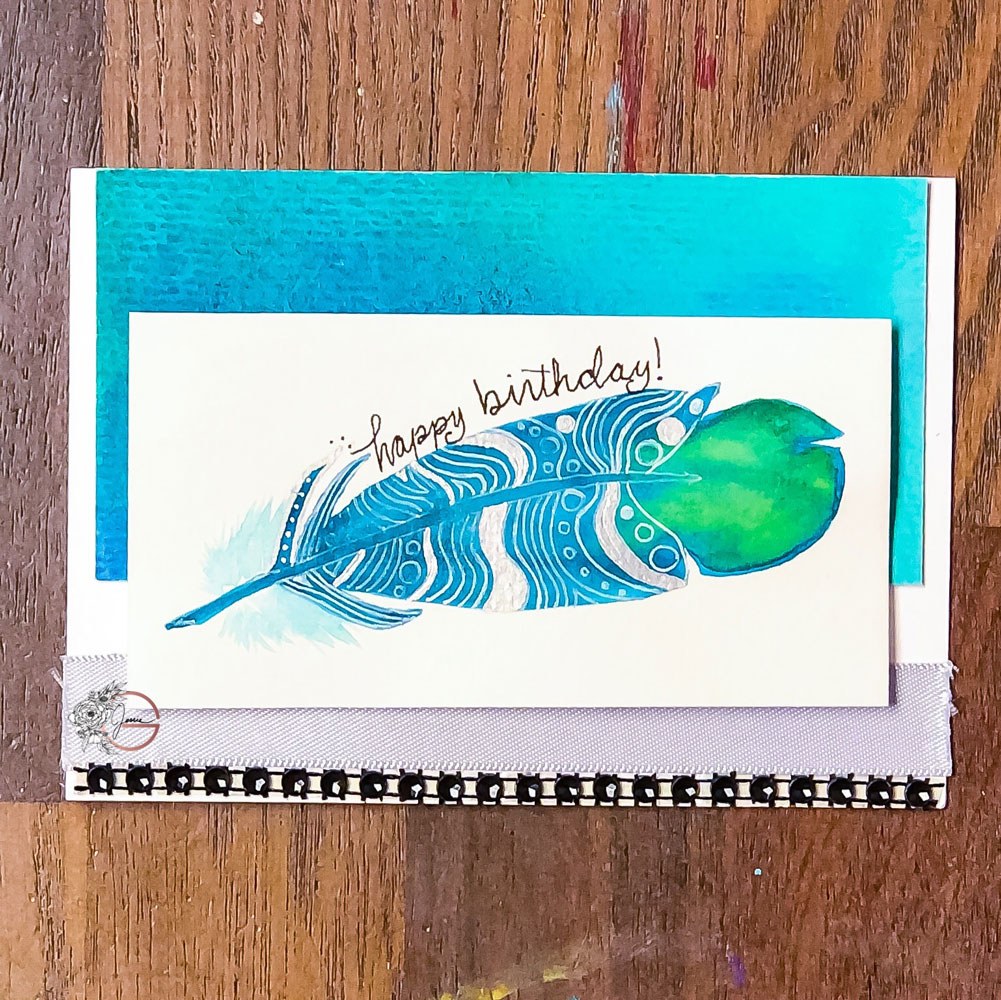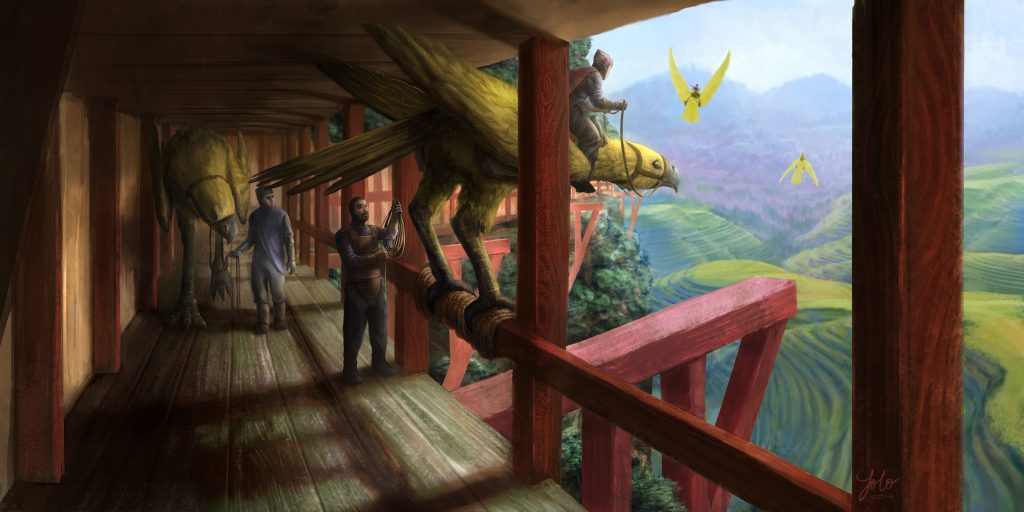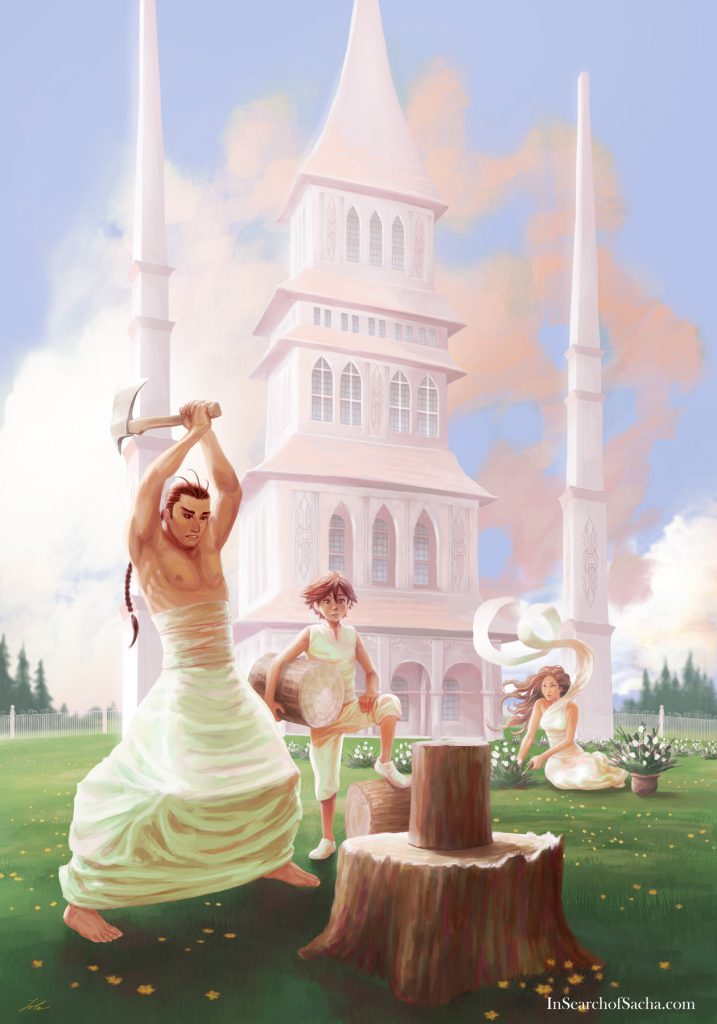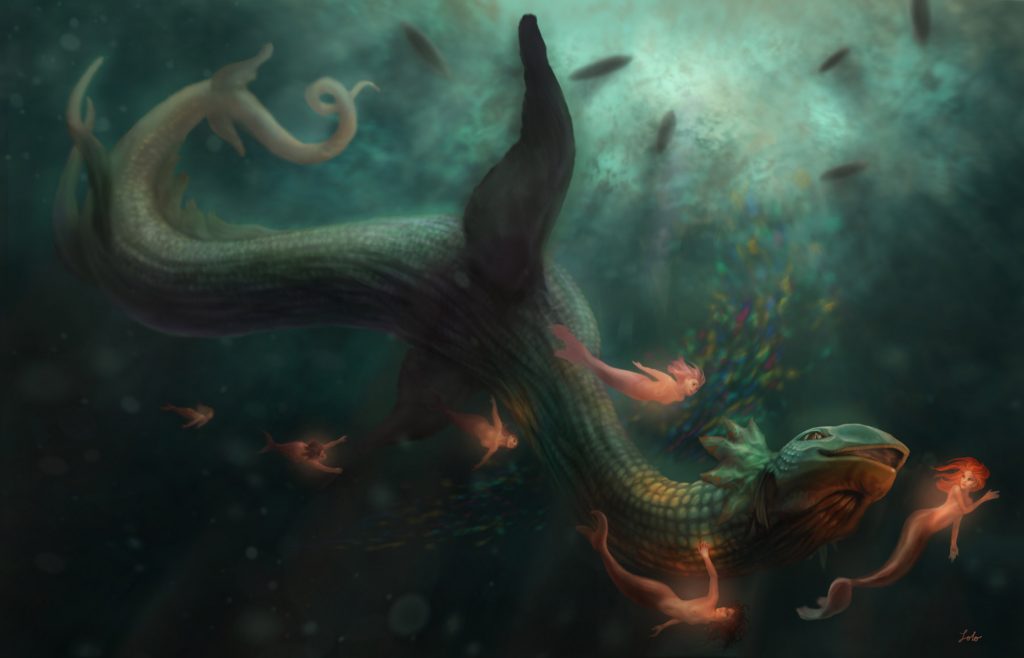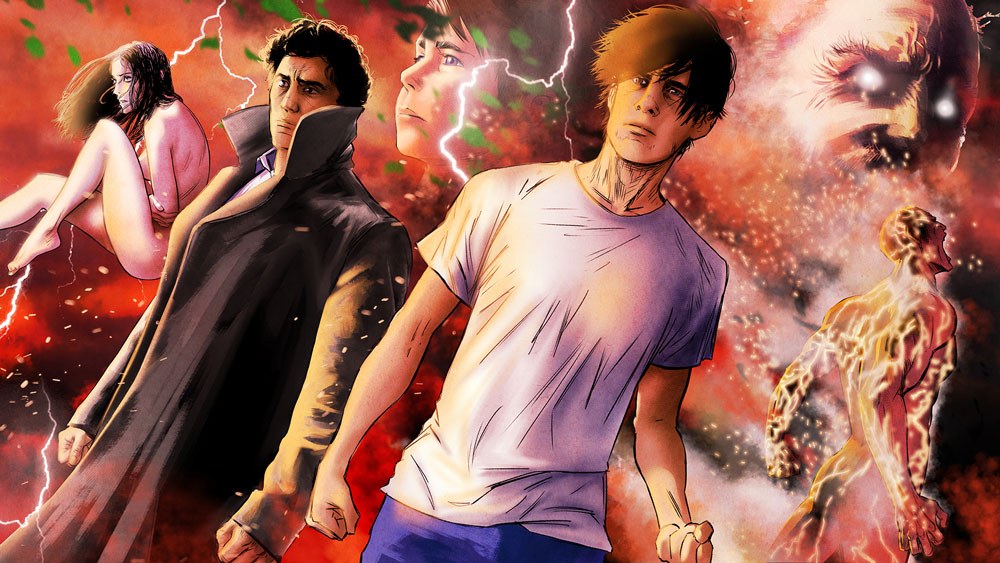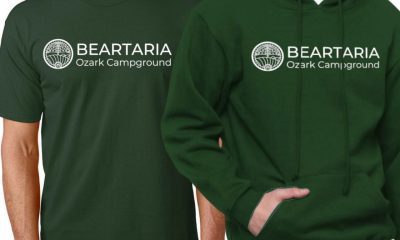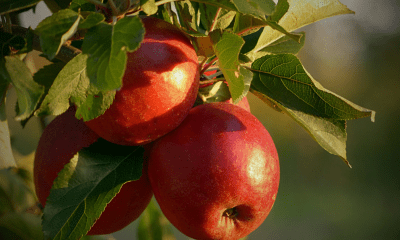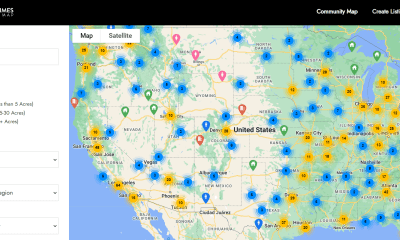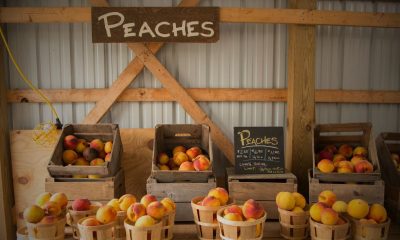Arts and Crafts
October 5th 2020 Artists of the week
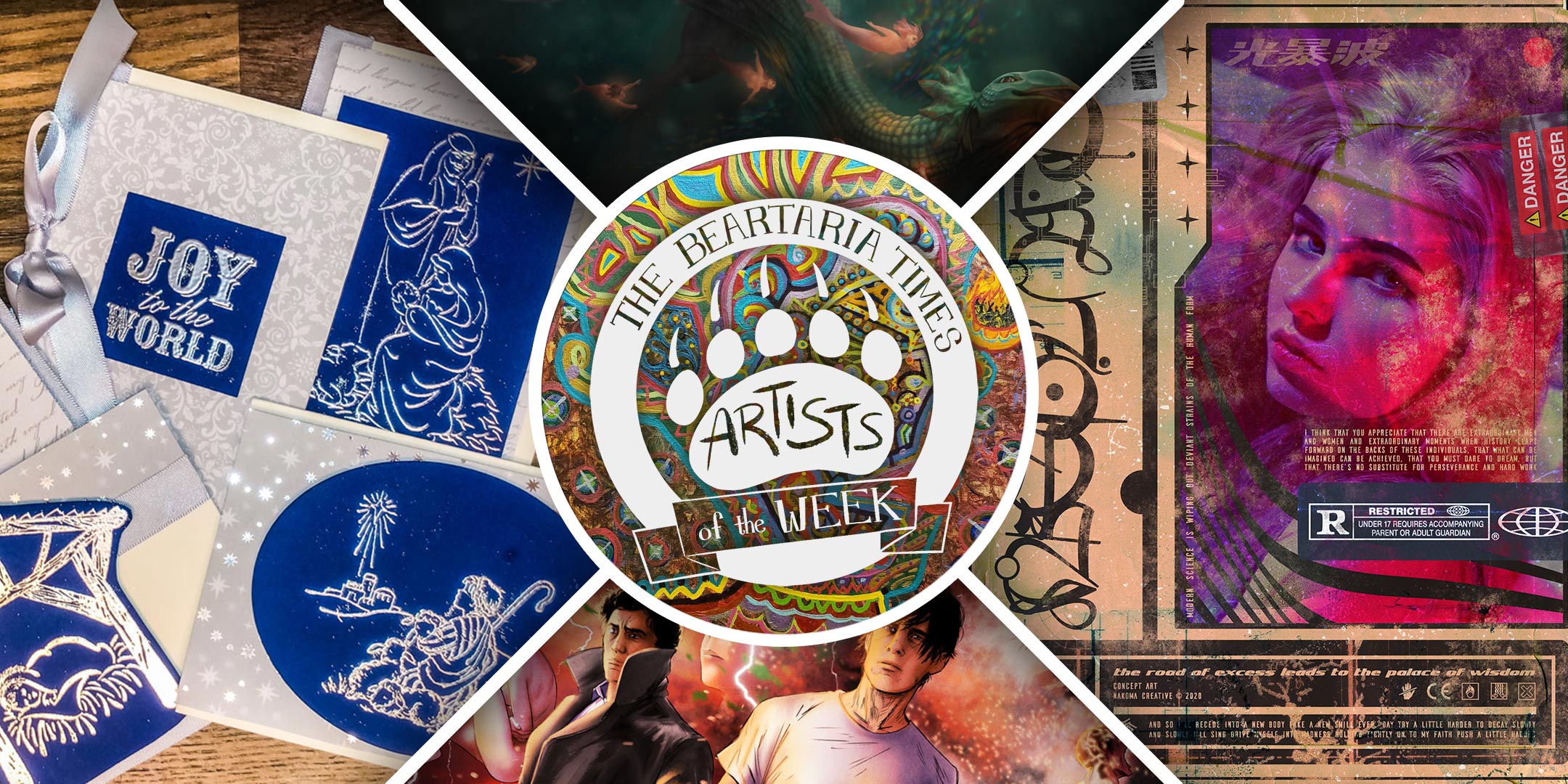
Good evening Beartaria Creatives! We had an astounding selection of creatives who sent in their portfolios this week! We are truly amazed by the visual creative talent our community has to offer. This week we see a little more from the professionals in the digital creative side, graphic design, as well as some seasoned Bears who go way back! Please enjoy.
Click on the gallery images to view at full proportion.
Please send all Artists of the Week submissions directly to arts@beartariatimes.com. Include a short bio, piece title, piece description, and social links.
Below are October 5th, 2020 Artists of the week!
Sean Mohler | OFB/Ohio Fire Bear
Ohio Fire Bear’s Intagram | Sean’s Art Instagram
My name is Sean Mohler also known as OFB/Ohio Fire Bear, I am a Christian artist from Cleveland Ohio. I have been painting for 15 years and specialize in the genre of abstract psychedelia. Colors, shapes and layering are my niche. It takes a long time to create a piece up to month at a time. No piece I ever do is complete I could keep working on it forever, but at a certain point it becomes good enough and I call it quits.
Titles: 1. Tangled | 2. Spirits | 3. Spiraling | 4. Moon Man | 5. Mufasa | 6. Salvation
Ty Mittelsteadt
Ty Mittelsteadt is a digital artist from Colorado and Chief Creative for Nakoma Creative
‘Explore’ is a work based on the Cold War era (and a design contest finalist).
‘Mech’ is a work about the future of the military and combat (if we continue the grabbling).
‘Excess’ is a work about breaking society’s porn and vanity addiction.
Jessica Lynn Giroux | Lil’ Doodle Bear (unbearified)
I am a soon to be mother of 3, specializing in watercolor, ink and pen drawings, papercraft and graphic design. I have been painting primarily with watercolor for the last two years and have taught myself graphic design for a marketing position I held at my previous job.
Art has always been part of my life in some form or another, as a child I loved to draw though I struggled with confidence in my ability and put it on the back burner through my college years. I picked it up again with card making/paper crafting especially after having children and have created handmade decorations and invitations for birthdays.
I started selling my paintings, drawings and cards after the advice and encouragement of my husband (Camera Bear). Together we have sold our artwork at local craft fairs and have had some commissions. What’s better is that I get to share my love of art with my children. Getting to watch them grow and flourish as budding artists in their own creative way is a blessing.
Manuel Guzman | Lolo
Lolosart.com | In Search of Sacha
I’ve been a bear since before Owen Benjamin tweeted to James Dunn that he’s a child abuser for putting his son on hormone blockers. I’m so happy to see how he and the community he formed has grown so much. Let’s keep crushing.
Onward to Beartaria!
Thanks to hundreds of backers I held a successful crowdfunding campaign to complete my first book. Please be sure to check out In Search of Sacha, my fully illustrated fantasy storybook available now. Thank you!
Anthony Clark | Daydream Bear
Anthony’s Instagram | Anthony’s Comic Book Series Kickstarter
I’m a comic book artist that just launched a Kickstarter for the second volume of my series! SEASONS Volume 2: Summer is a fine piece of work, not suitable for young children, but has a good message. It’s been independently made and has been my main focus since 2017. This book really exemplifies how far I’ve come as an artist
I don’t know what you would call a professional comic book artist but it has been my profession for over five years now. Haven’t worked for any of the major publishers so I guess I’m just considered independent. I’ve lived my whole life in San Fernando Valley California. I have no formal training. Drawing has always been something I have enjoyed doing.
As a kid I would get comic books and just enjoy the art. Eventually, I would read the stories associated with the art and realized my future as a storyteller. Movies played a big role and how I would visualize a panel. Especially Korean cinema. So everything I’ve learned I’ve learned through trial and error. No school. No college. Just experimentation.
I hope to one day make my own truly independent comics full time. My wife and I, along with our newborn son, are in the process of getting a house outside of Babylon. If God wills it, we can pursue a homesteading lifestyle.
Thank you to all the creatives who submitted their portfolios this week!
We look forward to seeing everyone’s visual creativity! Continue to create and seek the Good, the Beautiful, and the True. Onward to Beartaria!
You can find out more about the Artists of the Week here.
Sincerely,
MC-Bear
Arts and Crafts
Announcement: Beartaria Times National Festival Poster Contest
We want to announce a fun and friendly contest for a poster design for our National Festival this year.

Calling All Artists!
We want to announce a fun and friendly contest hosted by BudBear, for a poster design for the Beartaria Times National Festival this year.
BudBear will accept submissions until August 24th.
Twelve finalists will be selected, and their designs will be printed and sold at the festival. Whoever sells out of 100 copies or sells the most by the end of the festival will be the grand prize winner with bragging rights and could allegedly receive a copy of their design signed by the Big Bear himself.
Designs should be digital renderings, 12×18 inches vertical, and 300 dpi. As always, please keep it to the clean and family-friendly standards of The Beartaria Times Community.
All proceeds will be donated to Beartaria Ozark Campground at BeartariaCampgrounds.com
Poster designs can be submitted to bearposters33@gmail.com for consideration.
Arts and Crafts
Too Many Mittens
My mom has always loved seeing her children be creative, so she was thrilled when I showed interest in learning how to make mittens. So, in 2016, she taught me how to make wool sweater mittens.
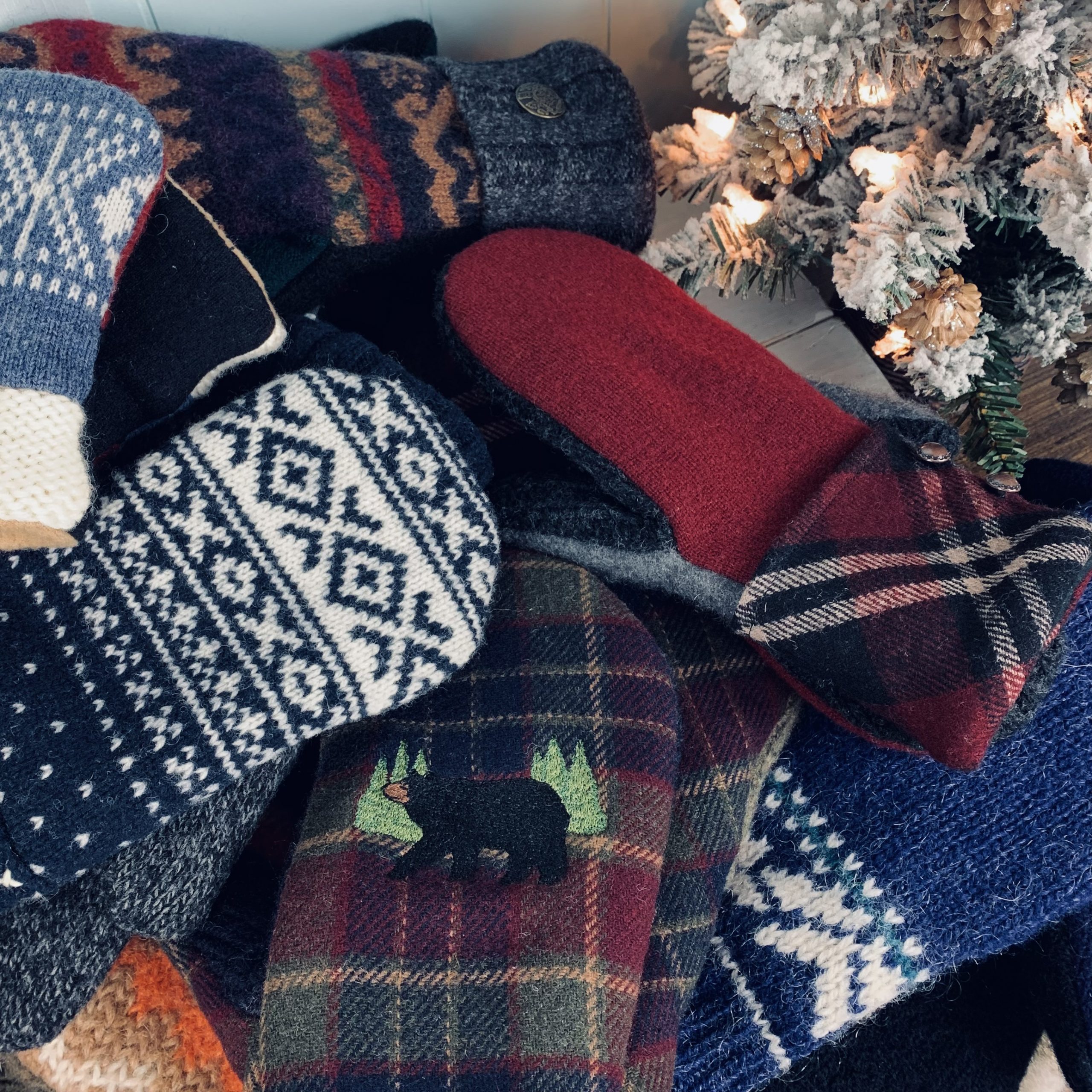
By: Charity (@trailerparkgirl on BTA)
My mom started making wool sweater mittens sometime around 2014. She got the idea from visiting a local Mennonite-owned store. She found patterns online and started out just making them for the family. We’re a family of ten, so there are plenty of us to make mittens for.
In 2015, at eighteen, I became her right-hand businesswoman and began photographing her mittens and selling them on Etsy. My younger sister, Madeline, drew the mitten in the shop logo.
My mom called her shop “Too Many Mittens.” She may or may not have gotten the idea for the name from the 1958 children’s book “Too Many Mittens.”
It’s one of a few books she remembers from her childhood. My mom grew up in the Upper Peninsula of Michigan, and the story takes place in Michigan.
My mom has always loved seeing her children be creative, so she was thrilled when I showed interest in learning how to make mittens. So, in 2016, she taught me how to make wool sweater mittens. I found them to be pretty simple to make. Very fun, too. I already had some experience with sewing, so it didn’t take long to get the hang of mitten-making. The excitement of pairing different wool sweater fabrics together and adding cool buttons to the cuffs was enough to get me hooked.
We make the mittens out of wool sweaters from thrift shops. And we line the mittens with fleece. My mom and I have had a blast sifting through thrift shop clothes racks in search of funky wool sweaters. We’ve gone through hundreds of wool sweaters in the past several years. Sometimes I see a sweater that I love so much that I’m tempted to keep it for myself to wear. But then I think, “Nah, that’ll make some really cool mittens.”
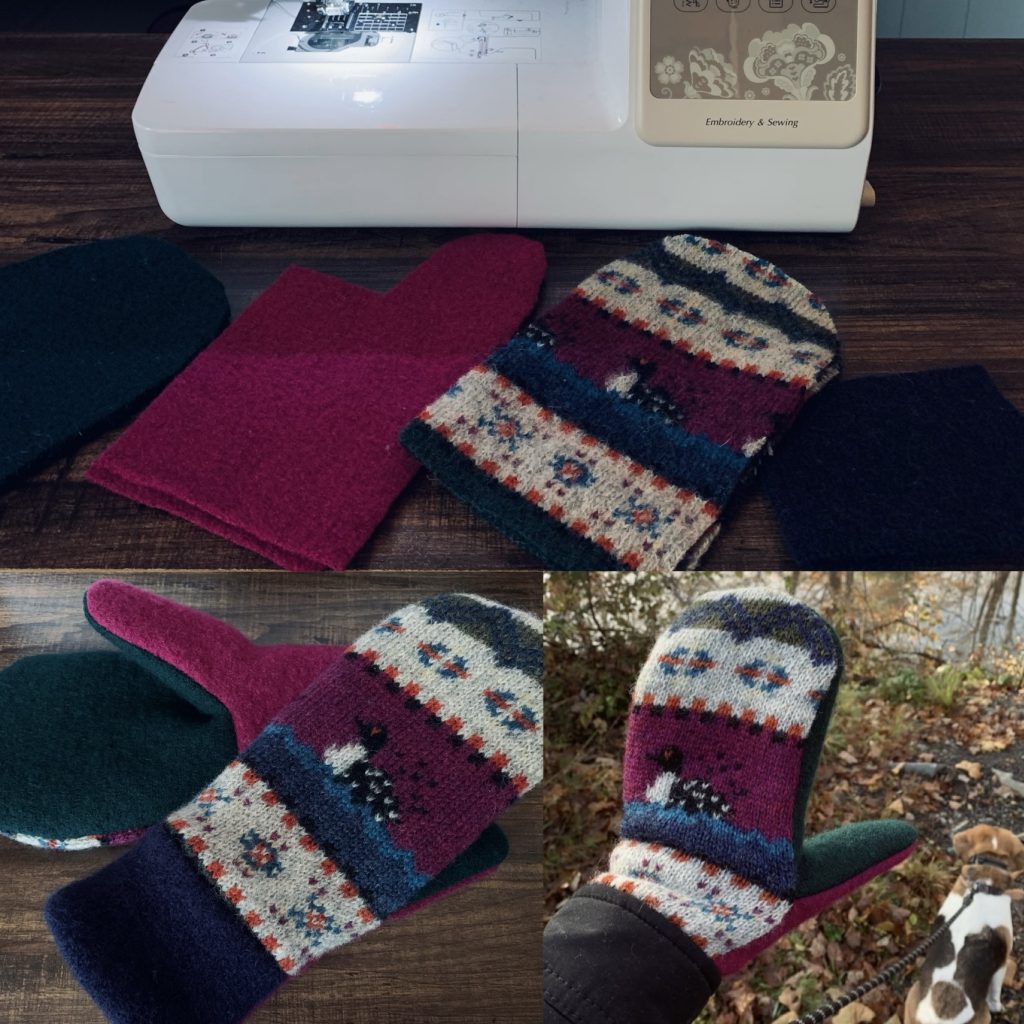
A few years ago, I invested in an embroidery sewing machine and lots of machine-embroidery thread. It’s been lots of fun to play around with different designs on mittens. They really give mittens extra character. The machine was definitely worth it. And it was fairly affordable. I use a Brother SE625.
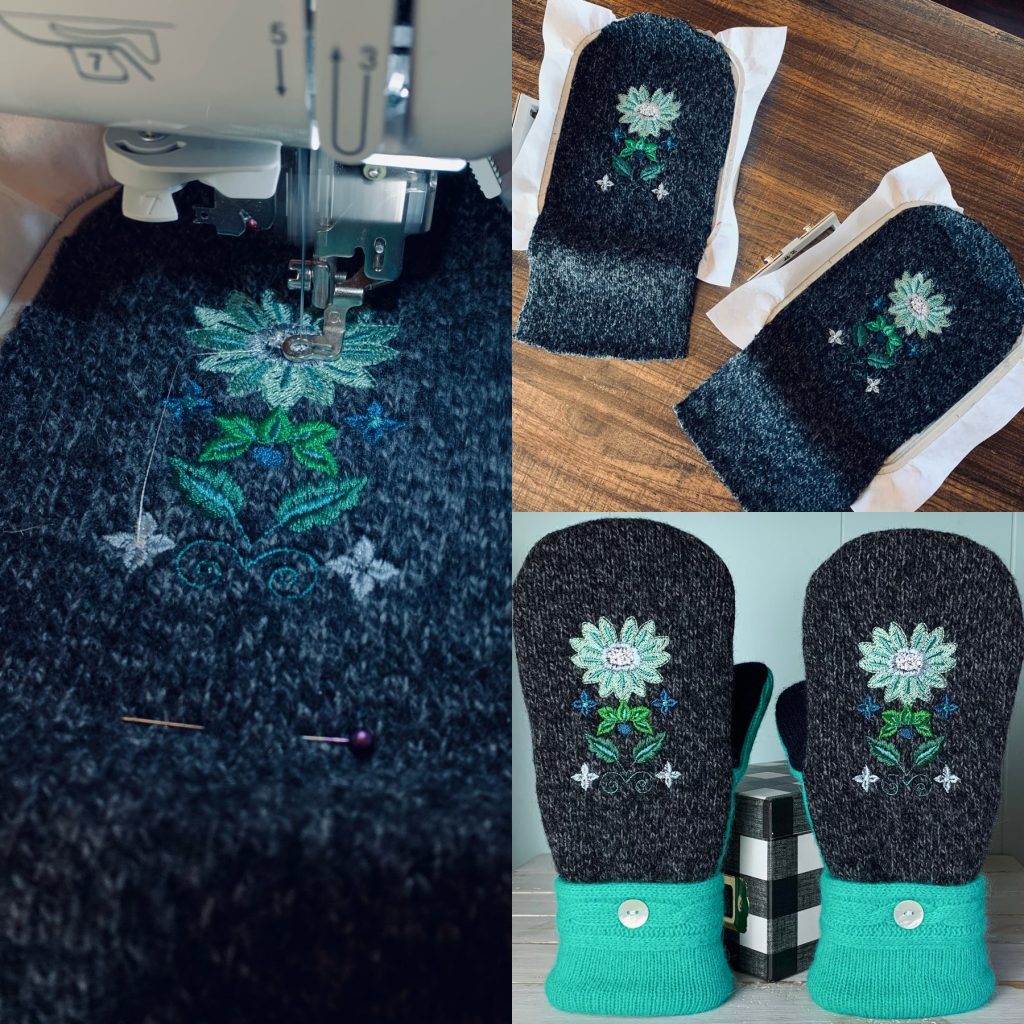
Now, in 2022, my mom is far too busy for making mittens. She’s focused on helping raise some of her grandchildren. So, my mom decided to let me take over Too Many Mittens. I’m planning on adding other handcrafted goods to our shop in the future, like cold-process soap. I’ve been playing around with soap-making since 2018. I’m currently working on perfecting recipes. My goal is to have soap available by Spring 2023. I’m even trying to get my younger sister to design the labels for the soap. After all, it is tradition.
One day, I hope my mom will have some extra time on her hands so that she can get back into making mittens. She really enjoyed it, just like I do. Together, we have sold over 350 pairs of mittens. I’m grateful for the time we’ve been able to bond because of our mutual love of mitten-making. If I ever have a daughter of my own, I plan to teach her how to make wool sweater mittens and so many other wonderful things.
Visit my Etsy shop, Too Many Mittens, Here!
Bears get 15% off with the code: TRAILERPARKGIRL
Arts and Crafts
A Pointed Pen Calligraphy Tutorial
The fun thing about calligraphy is that there are many scripts, many pens, and many styles to learn.
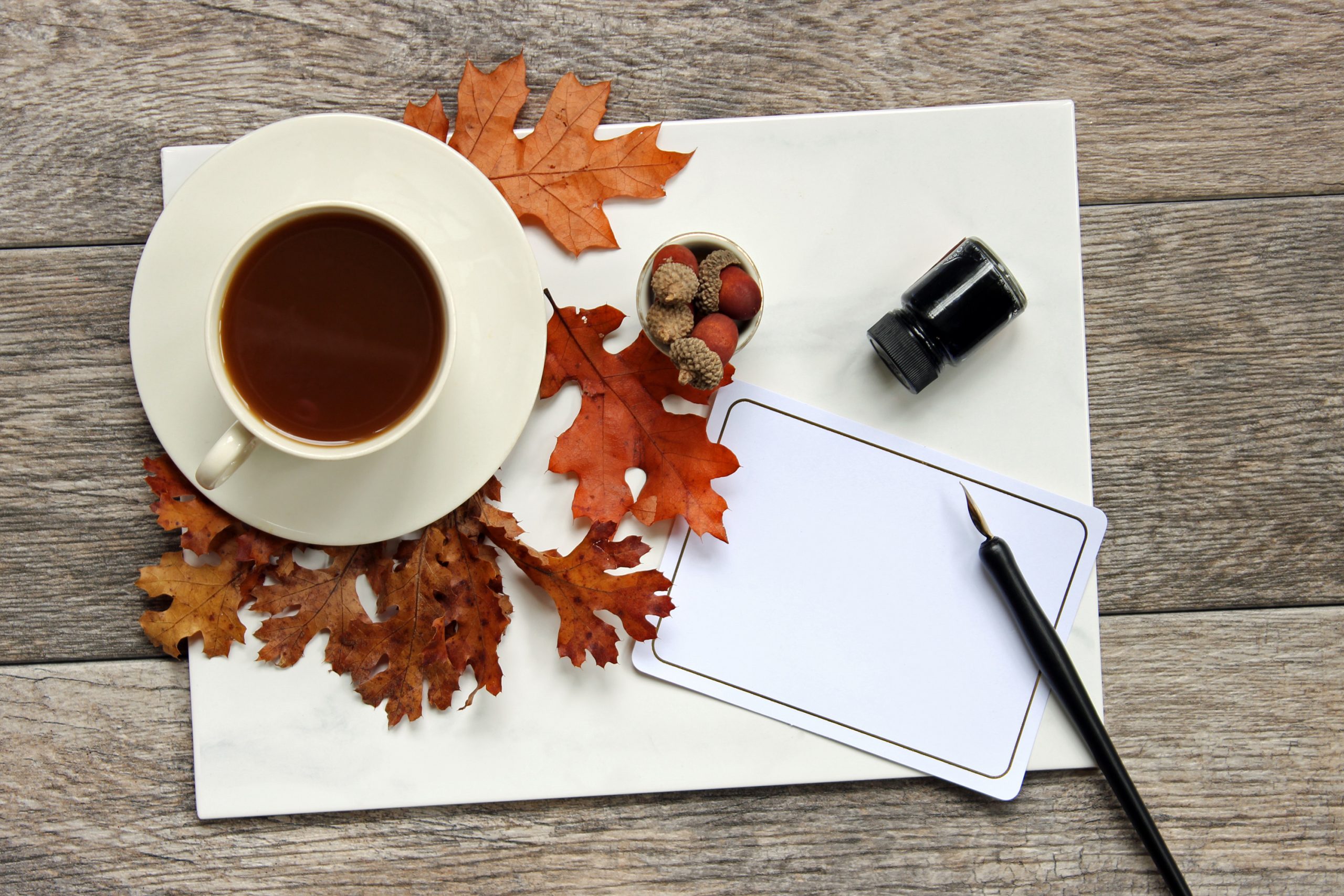
By: Snow White Bear
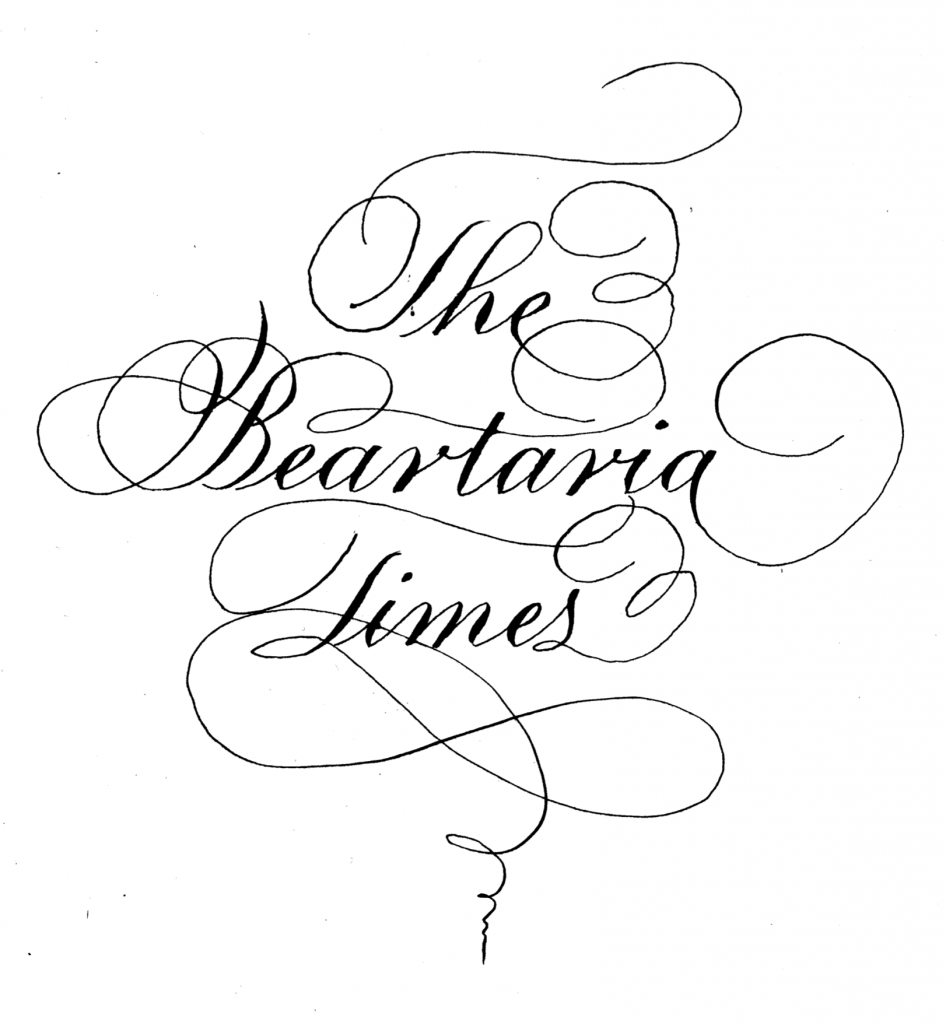
Pointed pens have pointed tips. They come in straight and oblique holders.
Some pens can do both. Choose whichever is more comfortable.
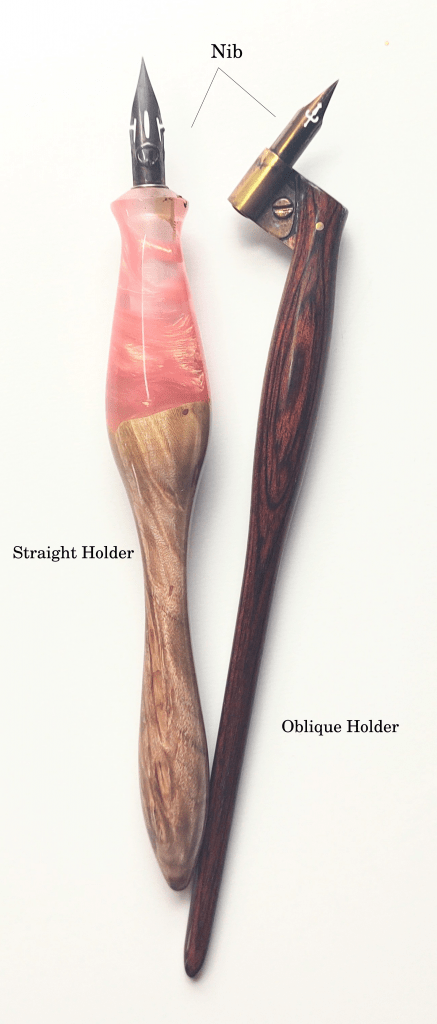
First, clean your nib by putting it in your mouth for a few seconds (older calligraphers still do this), or get a potato from your garden and stick all your nibs in it (a minute should be enough, but some do this overnight) or my favorite using up all the unnatural toothpaste the dentist gives you to clean your nibs. If you skip this step, I’ll get a message from you saying, “Snow White Bear, I tried to write, but the ink won’t come out.” For ink, any calligraphy ink will work. Thinner ink is easier to work with; slowly add distilled or filtered water. Walnut ink can be made at home or bought and is easy to work with. Iron gall ink is tremendous but slowly eats at the nib. “Dinky dips” are popular for pouring ink in.
Don’t use printer paper. Any paper that is 32lbs or more (Hp 32lbs is popular) and smooth will work. Some like resume paper even though it has a slight texture. I print calligraphy guidelines I find online on these papers then I’m ready to practice.
Pointed pens are great at Copperplate script. Here are the basic strokes:

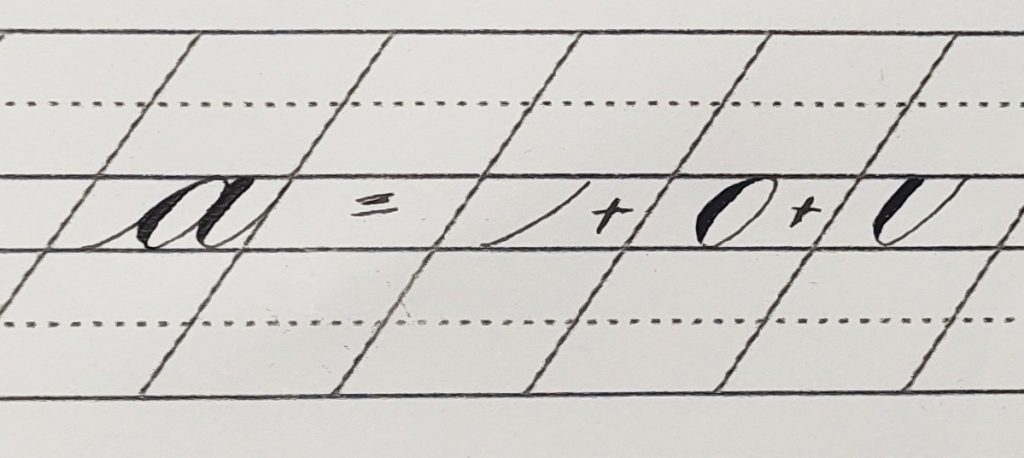
Always write using guidelines. Traditionally Copperplate is written at 55 degrees. Practice the basic strokes until you can do them at least 80% consistently. Now it’s time to move on to letters. Letters are made up of basic strokes. The basic strokes usually group the letters they are composed of.
Practice and practice writing letters and practice writing them slowly. You know when you’re going too fast when your pen keeps scratching or skipping on the page. Clean your pen with water and a paper towel every once in a while when writing after letters are mastered, and practice many words with attention to letter connections (I’ve seen this be a whole course) and spacing. Traditionally calligraphers are taught to practice pangrams like “The quick brown fox jumps over the lazy dog.” Writing long phrases can help master spacing and words more quickly. Next, majuscules and capital letters are learned, and unfortunately, they use different basic strokes and spacing than the minuscules or lower cases letters.
There are other scripts one can write with a pointed pen. Spencerian, a script invented in America by Platt Rogers Spencer, is the second most popular. My favorites are Engrosser Script, Italian Hand, and Open-Shaded Script.
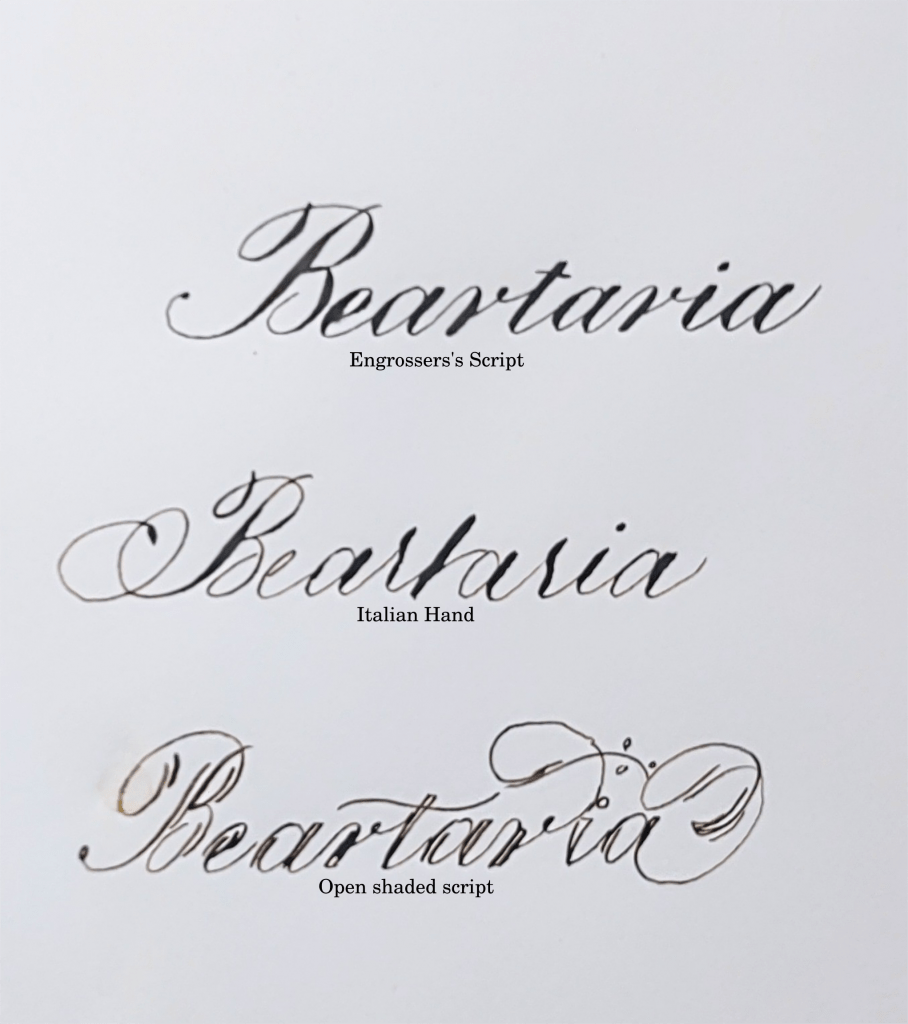
Modern calligraphy is based on traditional calligraphy but stylized differently. Although you don’t have to learn traditional calligraphy first, many calligraphers recommend it. What’s fun about modern is that after you practice hard and learn the rules, you make your own style.
The fun thing about calligraphy is that they are many scripts, many pens, and many styles to learn. I only mentioned a few. It’s technical art that is limitless, and you keep improving your script every time you practice.
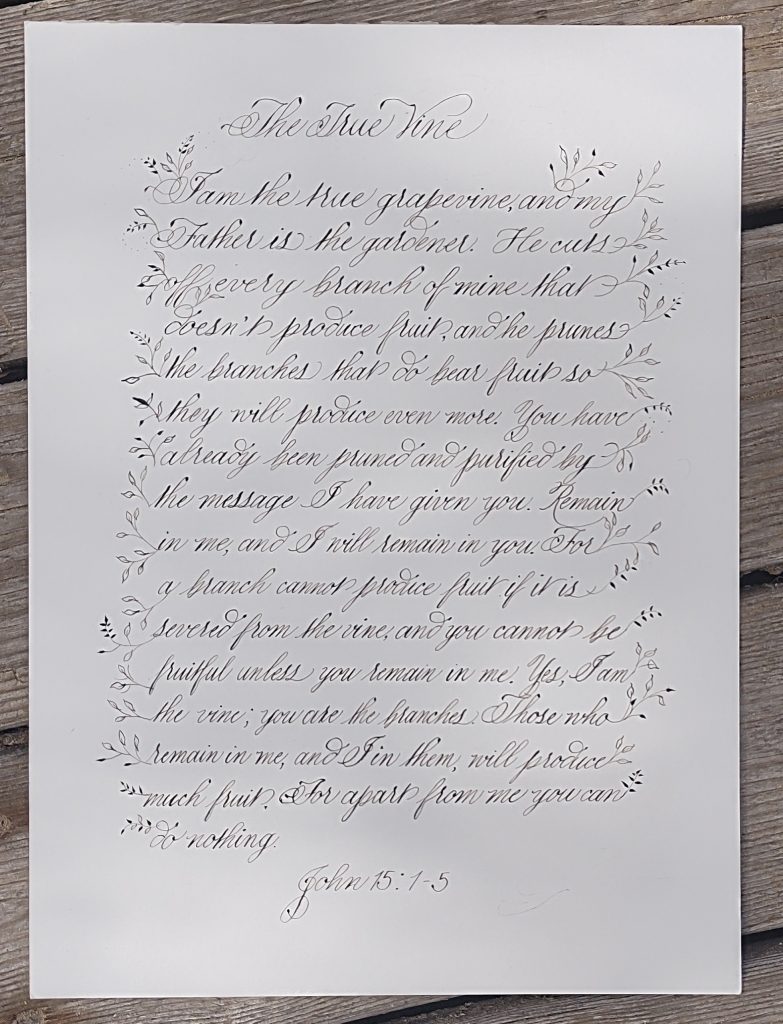
My favorite calligraphy resources:
Traditional calligraphy online lessons:
Dreaming in Script by David Grimes
https://www.dreaminginscript.com/
zanerian.com has free lessons
Modern calligraphy online lessons:
The happy ever crafter on youtube
Calligraphy supplies:
https://www.johnnealbooks.com/
Join your local Calligraphy guild.
-Snow White Bear
-

 Just Crushing2 weeks ago
Just Crushing2 weeks agoChristopher Gardner Completes First Dome Framing Project in Missouri: Exclusive Interview
-

 Just Crushing2 months ago
Just Crushing2 months agoBeartaria Ozark Campground Launches Community Forum!
-

 Just Crushing2 months ago
Just Crushing2 months agoMap it! – Discover Beartarians Living, Working, and Crushing Near You!
-

 Just Crushing2 months ago
Just Crushing2 months agoWhy Do We Feel So Free?
-

 Lifestyle2 months ago
Lifestyle2 months agoReconnect and Rejoice: Beartaria Times Weekly Challenge
-

 Reports2 months ago
Reports2 months agoReport: EF-1 Tornado Touches Down In The Ozarks
-

 Business2 months ago
Business2 months ago3000 Members In Our Business Group!: This Week On Our Community App!
-

 Wellness2 months ago
Wellness2 months agoBeartaria Times Member Shares History and Benefits of Haymaker’s Punch

